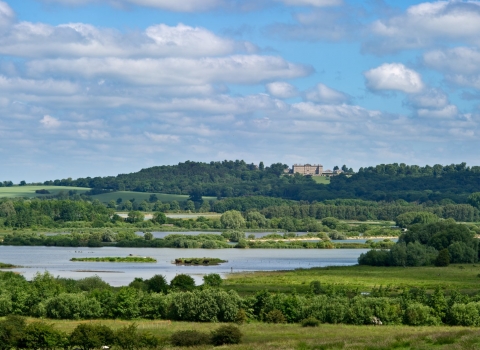Location
Know before you go
Dogs
When to visit
Opening times
Always openBest time to visit
SpringAbout the reserve
Merry’s Meadows is one of the best examples in Leicestershire and Rutland of a truly diverse meadow. Around Britain, we have lost 97% of our wildflower meadows, so this is now a precious habitat. Luckily, George Merry, who owned the meadows, was passionate about preserving this amazing site, and a lack of fertilisers and herbicides over the decades has meant that Merry’s Meadows is now a diverse, thriving habitat for flowers, grasses, fungi and insects.
A sunny day in late spring is the ideal time to visit, when many of the flowers are in bloom and insects will be making the most of the abundance of food. Birdsong will blast from the thick hedges. The air will literally be buzzing. The meadows have retained their ridge and furrow pattern, where cowslip, quaking-grass, green-winged orchid and adders-tongue grow on the ridges, and cuckooflower in the damper furrows. Common and heath spotted-orchids, fragrant orchid and the rare frog orchid are present – probably the only remaining site in the two counties for the frog orchid. Pepper-saxifrage, saw-wort, dropwort and a host of other herbs and grasses have been recorded.
In the ponds common and great crested newts have been found. Butterflies, which feed on the herbs, include small skipper, small heath, small copper and common blue. Chimney sweeper moths, which feed on pignut, are often abundant. Check back in the autumn to spot some fungi – up to four species of waxcap have been recorded in one year!


